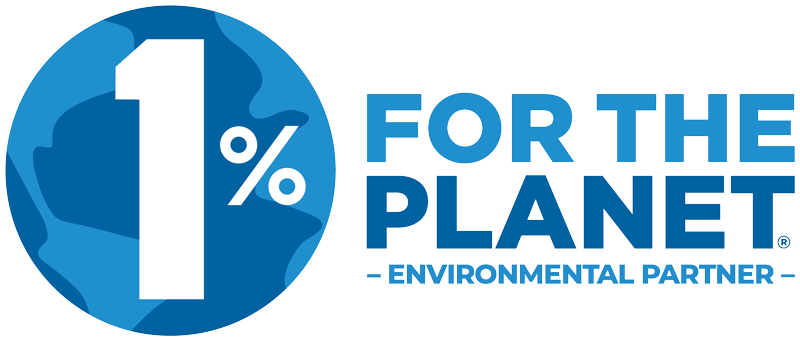Our Plan
In September 2019, the Alliance’s board of directors adopted a Strategic Plan following a process that involved conversations with dozens of stakeholders representing tribal, government, fishing, nonprofit, and other perspectives. The Strategic Plan has been most recently updated in April of 2023 after additional input from stakeholders, and here is a 3-page summary.
Strategic Initiatives
Initiative 1: Complete scientific assessment and public policy analysis necessary to determine the feasibility and impacts of restoring and protecting a healthy sea otter population in Oregon.
Initiative 2: Build regional consensus that a restored, healthy Oregon sea otter population is an important goal worth pursuing.
Only after Initiative 1 and 2 are completed, and if warranted:
Initiative 3: Reintroduce a viable population of sea otters to one or more suitable sites on the Oregon coast, with follow-up monitoring.
Initiative 4: Build the Alliance’s organizational capacity to implement this Strategic Plan.
The Timeline
Strategic Initiatives #1 (Assessment & Analysis) and #2 (Regional Consensus) are underway and running concurrently. As of spring 2023, the Alliance expects to complete these Initiatives no later than the end of 2027.
Strategic Initiative #3 (Reintroduction) will be launched in earnest if/when Strategic Initiatives #1 and #2 are successfully completed. Some preliminary elements of Strategic Initiative #3 will commence as early as 2025 so that a long gap in implementation time won’t be necessitated if a decision is made to move forward. It is premature to know over how many years the reintroduction process will unfold. Beyond the actual translocation of sea otters, the reintroduction process will also include ongoing monitoring, research, and continued stakeholder engagement that will likely last for decades.
Strategic Initiative #4 (Organizational Capacity) is underway and will continue throughout the life of the Plan.
Core Strategies
- Community engagement: To reach good decisions about sea otter restoration, the public must be part of the process, especially those groups and individuals most likely affected. This includes tribes, shellfish harvesters, fishermen, ports, businesses, conservation organizations, and local, state, and federal governments.
- Partnerships: Key pieces of the work needed will be accomplished by other entities that share the Alliance’s Vision and have the appropriate resources, skills, and/or legal authority. A key goal in the Alliance strategic plan is to forge partnerships.
Listen to Board President Robert Bailey discuss otter restoration and the Elakha Alliance’s plan!

